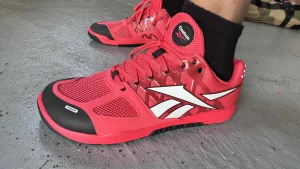Sandbags for strength training
Sandbags For Strength: Get Fit, Get Strong!
- Introduction
- The Benefits of Sandbag Training for Strength and Power
- The Pros and Cons of Using Sandbags
- How to Use Sandbags for Strength Training: A Beginner’s Guide
- The Best Exercises to Do with Sandbags for Strength Training
- Conclusion
Introduction
Sandbags are an effective and versatile strength training tool. They are a great way to add variety to your workouts and challenge your body in new ways. Sandbag strength training offers the following benefits:
- Sandbags can target specific muscle groups
- Sandbag training can increase your overall strength
- Workouts with sandbags improve your balance and coordination.
- Sandbags are relatively inexpensive and easy to store.
With the right exercises, they can be a great addition to any strength training program.
The Benefits of Sandbag Training for Strength and Power
Sandbag training is also a way to build functional full-body strength. Functional strength is the type of strength that is used in everyday activities, and sandbag training requires you to use your body in a way that mimics everyday movements.
Power – Sandbag training is also a great way to build power. Power is the ability to generate force quickly. Working out with sandbags helps to build power because it requires you to move the weight quickly and explosively.
Endurance – Sandbag training is also a great way to build endurance. Sandbag training requires you to move the weight for extended periods of time, which helps to build endurance in your muscles.
Mental Toughness – Sandbag training is also a great way to build mental toughness. The workouts can get challenging, and it requires you to push yourself to the limit. This helps to build mental toughness and resilience.
The Pros and Cons of Using Sandbags
The use of sandbags for strength training is becoming increasingly popular. But, like any form of exercise, there are pros and cons to using sandbags for strength training.
Pros or Sandbag Training
1. Unpredictability: Sandbags are filled with sand, which makes them unpredictable and challenging to use. This makes them great for strength training because they force your body to work harder to stabilize and control the weight. I have found myself getting stronger with this uneven and unpredictable weight distribution, which is literally non-existent in a barbell-plates setup.
2. Versatility: Sandbags are incredibly versatile and can be used for a variety of exercises. You can use them for squats, lunges, presses, and more. They can also be used for core exercises, such as planks and Russian twists. Sandbag tosses is another exercise unique to sandbags, with great benefits to overall strength.
3. Cost-Effective: Sandbags are relatively inexpensive and can be filled with sand or other materials, such as rice or beans. This makes them a great option for those on a budget. Compared to traditional barbells and weight plates, sandbags usually are much cheaper and easier to store, not requiring racks or barbell holders. Bags of sands are also not pricey.
Cons of Sandbag Training
1. Unstable: the unstable nature of sandbags makes it difficult to control for someone starting out. This is mostly attributed to not having exposure/ experience with lifting uneven weights such as sandbags. This is easy overcome by starting slow and within a few days of working with sandbags.
2. Messy: Sand, by its very nature, is hard to confine to a container. Sandbags with poor material quality and construction tend to leave a trail of sand. A good quality bag mitigates this problem, but minute amount of sand “leaks” can be expected with no real impact to workouts, as I experience occasionally with mine.
3. Limited Weight: Sandbags are limited in the amount of weight they can hold. This can be a problem if you’re looking to increase the intensity of your workouts. However, there are sandbags with varying capacities for weights, that mitigates this problem. I personally have 5 sandbags – a 10-15lb, a 20-50 lb, a 50-150 lb, and one 200 lb round bag that I use more for an Olympic stone kind of workout.
Sandbags are a great way to add variety to your strength training routine. They are versatile, unpredictable, and cost-effective. However, they can be unstable and messy, and they are limited in the amount of weight they can hold. Consider these pros and cons before deciding if sandbags are right for you.
How to Use Sandbags for Strength Training: A Beginner’s Guide
Incorporating sandbag training into your workout routine can help you build strength, power, and endurance. Here’s how to get started:
1. Choose the right sandbag. Sandbags come in a variety of sizes and weights, so it’s important to choose one that’s appropriate for your fitness level. If you’re a beginner, start with a lighter bag and work your way up.
2. Start with basic exercises. Sandbag training is a great way to build strength and power. Start with basic exercises like squats, lunges, and presses. As you become more comfortable with the movements, you can add more challenging exercises like cleans, snatches, and overhead presses.
3. Incorporate sandbag training into your existing routine. For example, you can use a sandbag for weighted squats or lunges instead of using a barbell. You can also use a sandbag for core exercises like planks and Russian twists. For a warm run, or running workouts, I usually carry a sandbag across my shoulder in the back. This adds a unique challenge to an otherwise mundane bit of worout.
4. Have fun with it! Sandbag training is a great way to mix up your routine and have some fun. Try adding a sandbag to your HIIT workouts or circuit training. You can also use a sandbag for partner exercises like bear crawls and wheelbarrows.
With the right sandbag and a little creativity, you can incorporate sandbag training into your existing routine and have some fun while you’re at it!
The Best Sandbag Exercises for Strength Training
Training with sandbags is a great way to get a full-body workout and build overall strength. Sandbags are versatile and can be used for a variety of exercises, from squats and deadlifts to presses and curls. Here are some of the best exercises to do with sandbags for strength training:
1. Squats: A great way to build strength in your legs and core. To do a sandbag squat, hold the sandbag in front of you with both hands and squat down until your thighs are parallel to the ground. Make sure to keep your back straight and your chest up.
2. Deadlifts: Great exercise for building strength in your back and legs. To do a sandbag deadlift, stand with your feet shoulder-width apart and hold the sandbag in front of you with both hands. Bend your knees and hinge forward at the hips, keeping your back straight. Lift the sandbag off the ground and stand up straight.
3. Shoulder Presses:A great way to build strength in your shoulders and arms. To do a sandbag shoulder press, hold the sandbag in front of you with both hands and press it up over your head. Make sure to keep your core engaged and your back straight.
4. Curls: Curls are a great exercise for building strength in your arms and biceps. To do a sandbag curl, hold the sandbag in front of you with both hands and curl it up towards your chest. Make sure to keep your elbows close to your body and your core engaged.
With these exercises, you can target different muscle groups and get a great workout. You can also modify these to change the workouts a bit. For example, for shoulder press, you can try alternate shoulder press by placing the sandbag on the right shoulder, lifting it over your head to the other shoulder.
There are sport-specific workouts I plan to post in the next few days. So stay tuned!
SandBaGs: Improve Your Strength, Target Muscle Groups, and Enhance Your Coordination
Sandbags are an effective and versatile tool for strength training. They can be used to target specific muscle groups, increase overall strength, and improve balance and coordination. They are also relatively inexpensive and easy to use, making them a great choice for anyone looking to add variety to their strength training routine.
Hope you found this useful. Check out my other strength training posts for more tips on how to reach your fitness goals!




